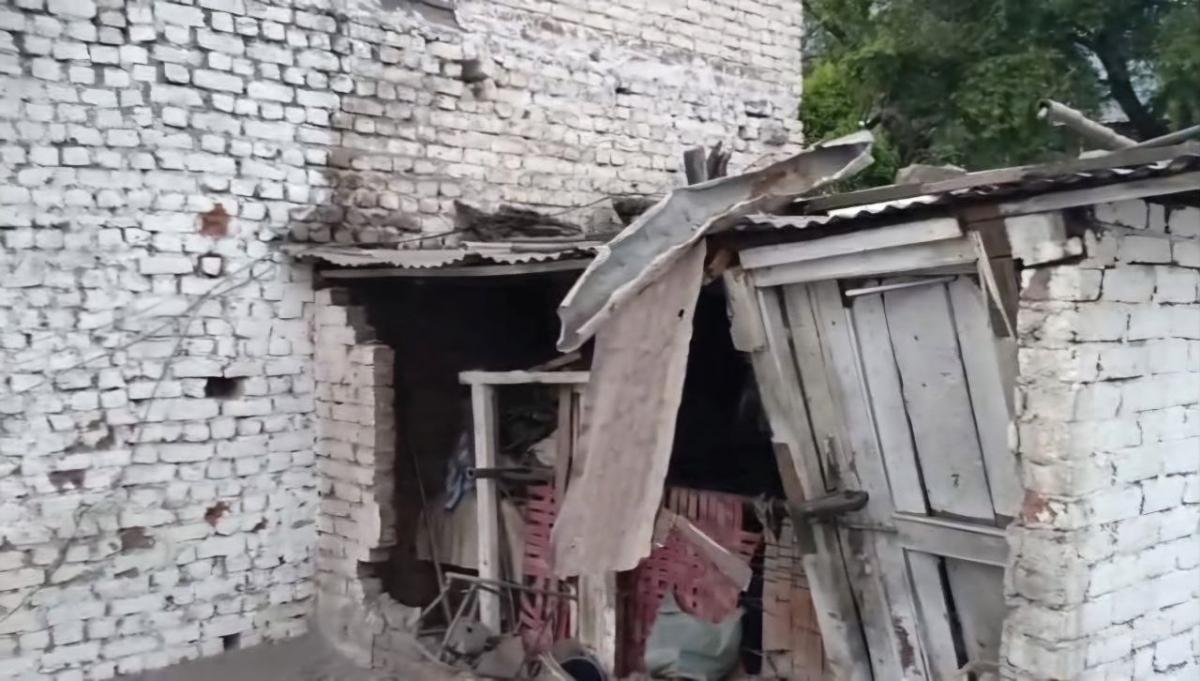By Dinesh Manhotra
In a move that blends innovation with compassion, the government has proposed the construction of a first-of-its-kind underground emergency hospital in the border town of Poonch, in the Union Territory of Jammu and Kashmir. Poonch is a long-suffering town where civilians have repeatedly borne the brunt of cross-border shelling from Pakistan during periods of tension along the Line of Control (LoC). The proposal to build an underground hospital aims to provide a life-saving refuge for residents living under the constant shadow of violence, ensuring uninterrupted critical care even during intense hostilities. Reports suggest that the decision comes in the wake of one of the deadliest incidents in recent years. On the night of May 6 and 7, sixteen innocent civilians — including three minors — tragically lost their lives to unprovoked shelling by the Pakistani Army in retaliation for Operation Sindoor, launched by the Armed Forces in response to the horrific Pahalgam terror attack. Among the victims were three children, including twin siblings. Several of the injured later succumbed due to the lack of access to advanced medical treatment in Poonch. Learning from the tragedy of that night, the government has drafted a proposal to establish a fully-equipped underground emergency and trauma care facility within the premises of the District Hospital. This facility will be designed to withstand shelling and continue functioning during crises. Officials say this will be the first civilian underground hospital in Jammu and Kashmir — and possibly in India — specifically constructed for wartime scenarios in a civilian setting. “We don’t want another night like May 6,” said a senior district health officer. “This hospital will be a safe zone for both patients and staff during shelling. It’s about giving people not just treatment, but hope — a place where they know they’re protected.” Delays in utilization of central funds for bunkers Despite repeated shelling incidents, the J&K government has failed to fully utilize the funds sanctioned by the Centre for bunker construction. According to an RTI response received by activist Raman Sharma, nearly 47% of the Rs 242.77 crore sanctioned between 2020 and 2025 remains unspent. Of the allocated funds for individual and community bunkers along the LoC and International Border (IB), only Rs 129.67 crore has been utilized. The unspent Rs 113.10 crore raises serious concerns, especially after last month’s shelling — the worst in years — exposed glaring gaps in civilian protection infrastructure. District-wise, Rajouri led in fund utilization with Rs 78.05 crore, followed by Poonch (Rs 44.56 crore), Samba (Rs 42.09 crore), Kathua (Rs 37.20 crore), and Jammu (Rs 17.51 crore). In contrast, Kupwara (Rs 14.85 crore), Bandipora (Rs 4.33 crore), and Baramulla (Rs 4.15 crore) significantly lagged behind, highlighting uneven execution across regions. Despite these disparities, officials confirmed the construction of around 9,500 bunkers, which played a crucial role in reducing casualties during the four-day shelling in May that claimed 27 lives and injured over 70 people. The escalation followed India’s retaliatory strikes inside Pakistan and PoJK on May 6–7, in response to the April 22 Pahalgam attack that killed 25 tourists and a pony handler. The Central Government had initially sanctioned 14,460 bunkers in 2018–19 at a cost of Rs 415.73 crore, followed by clearance for 4,000 more bunkers in North Kashmir. However, expenditure has declined in recent years: Rs 48.81 crore in 2020–21, Rs 33.18 crore in 2021–22, Rs 22.75 crore in 2022–23, Rs 8.46 crore in 2023–24, and only Rs 16.46 crore spent so far this year.
